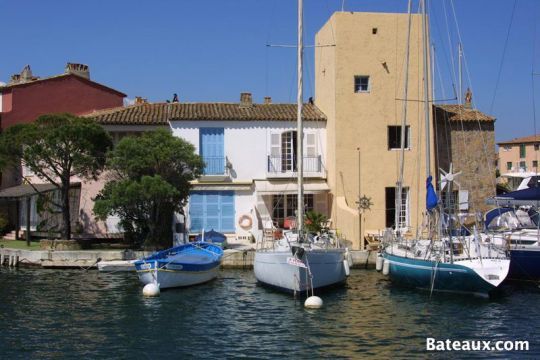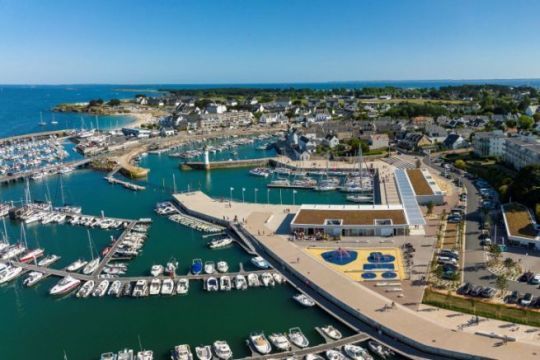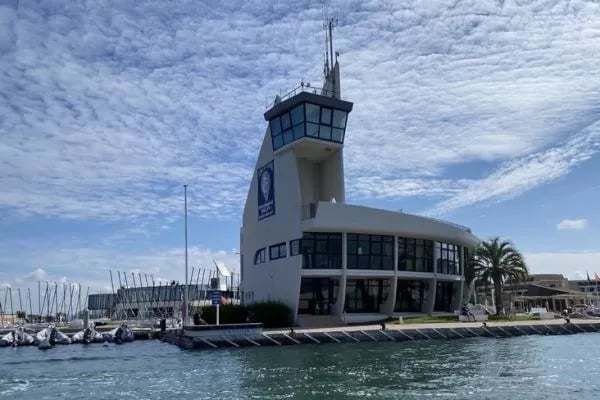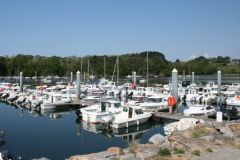Opening up port guarantees of use to local authorities
The guarantee of use system, which enables port managers to offer long-term contracts, often lasting 15 to 25 years, was favored by many projects when the large marinas of the 1970s and 1980s were launched. But since the transfer of powers from the State to local authorities for the ownership of marinas under the NOTRe law in 2015, the text of the Transport Code proved too restrictive, since only the State was considered there entitled to propose these contracts. Following the failure of a number of port projects where local authorities were challenged over the legality of their contracts, the Fédération Française des Ports de Plaisance - FFPP - put forward the idea of revising the Code des Transports to broaden access to this type of contract.

Guillaume Nardin, General Delegate of the FFPP, explains: "The deliberation by the Conseil d'Etat took place on November 10, 2023, and publication is expected within a few days. Ports will be able to offer long contracts ranging from 15 to 25 years, bearing in mind that 90% of contracts remain annual. The guarantee of use, which is transferable, enables yachtsmen to secure a long-term berth. But it's not a lease. There's no fixed berth, it can change following work, as long as it's a berth for a boat of the given size."
A financing tool sought after by ports
The FFPP was keen to see the guarantee of use for local authorities enshrined in the French Transport Code, because it is a much sought-after financing lever for port works. In a complex economic context, the General Delegate underlines its importance: "We wanted to secure this type of financing, which can be important for ports. Some projects are waiting for this text to be published. The guarantee of use provides attractive self-financing to convince other financial partners, and limits borrowing in a context of high interest rates. Assured by pre-marketing, it enables us to carry out major infrastructure and investment work."

To maintain port management facilities over the long term and retain room for maneuver, the proportion of guarantees of use should remain in the order of a few dozen percent, more modest than in the major projects of the 1970s.


















